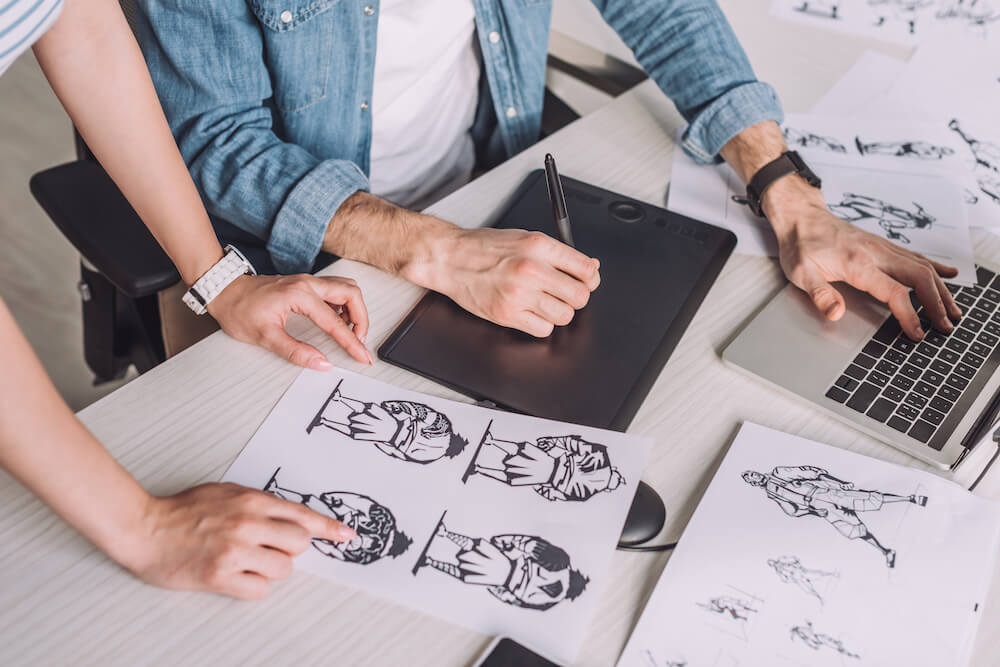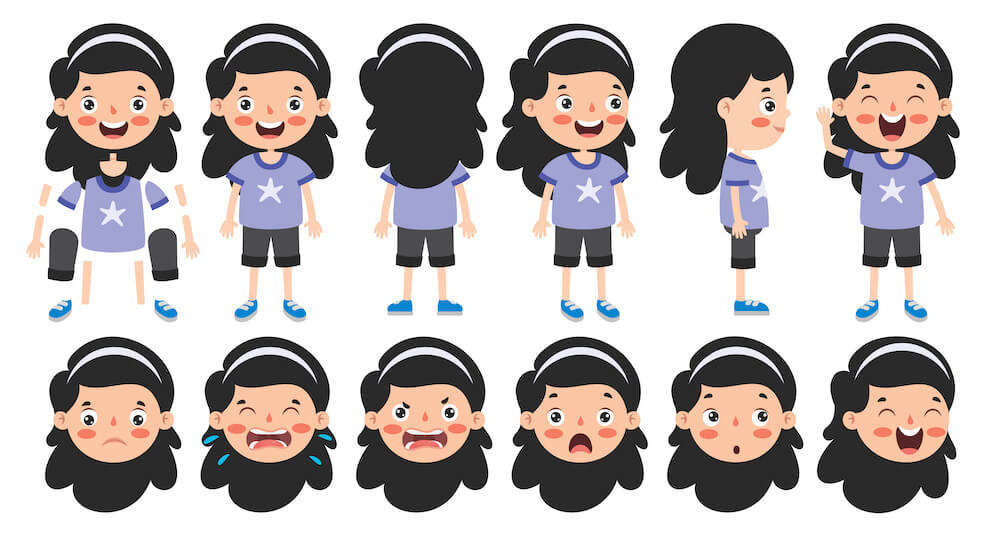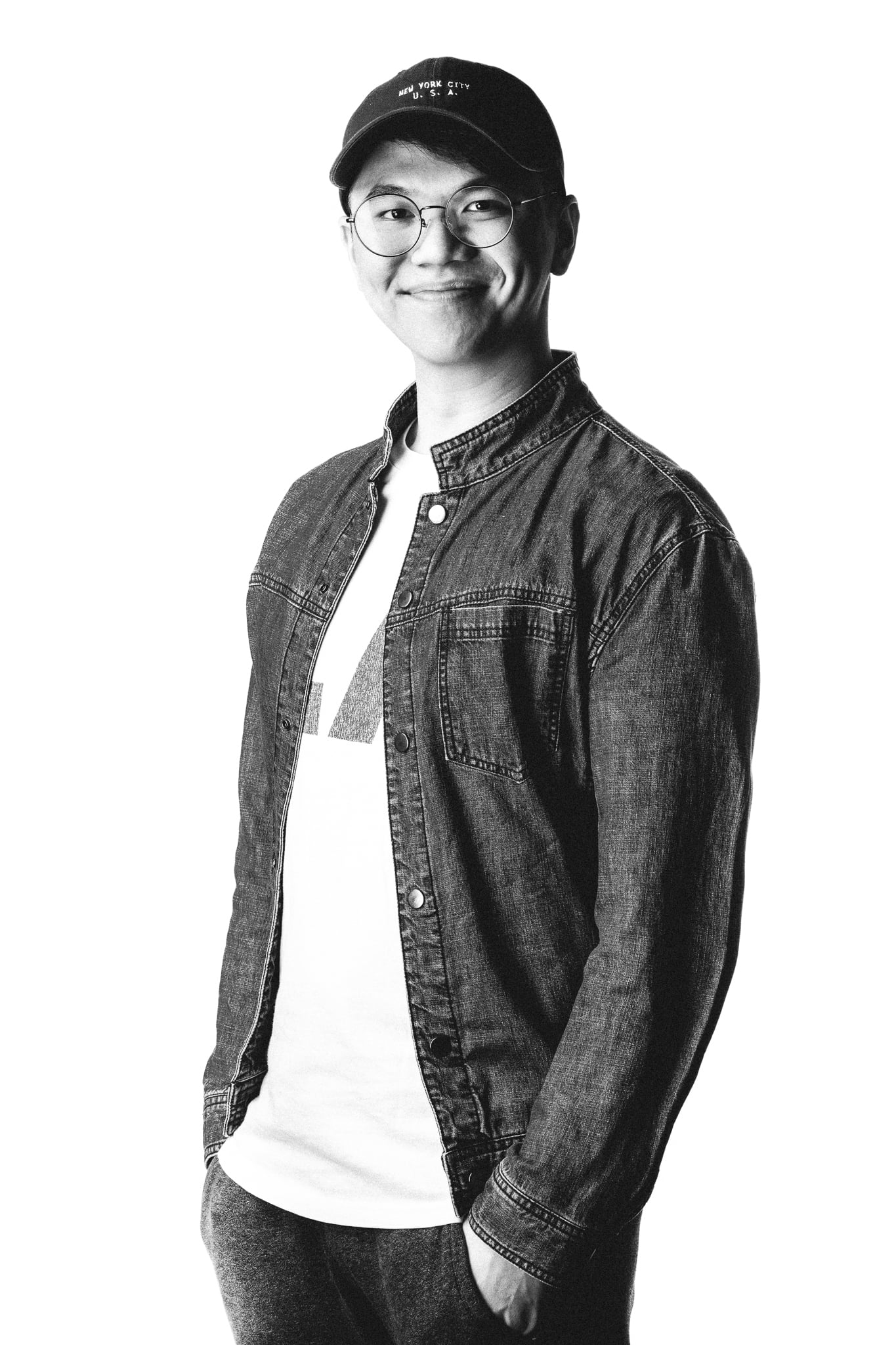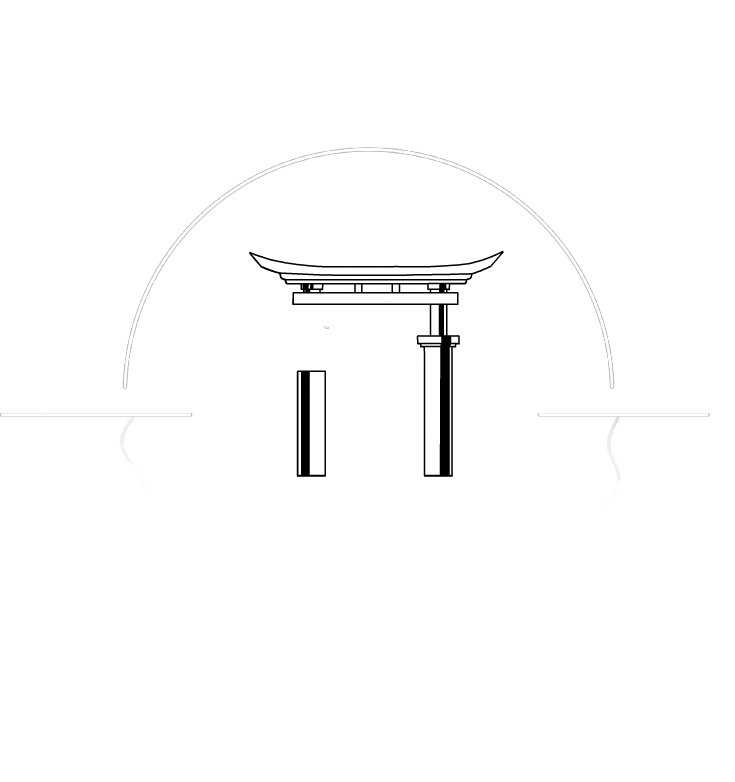Want to use animation for your marketing strategy but not sure how to start? Understanding the foundational steps in the animation process is invaluable for businesses looking to employ the services of an animation studio. With this knowledge, you can better collaborate with professionals in the industry, ensuring that your vision is effectively translated into the final video. In this step-by-step beginner’s guide, we break down each component of the 2D and 3D animation–making process, from conception to a fully executed animation.
1. Idea development and storyboarding
Every animation project starts with an initial brainstorming session where you solidify the core concepts and set the direction. At this stage, it’s crucial to establish your target audience, key messages, and the overall tone and style of the animation. Once the idea is developed, the next step is creating a storyboard. This is when the animation studio you partner with presents sketches of the visual scenes, proposes camera angles and develops the story’s pacing and sequence to guide the project’s upcoming stages.
2. Scriptwriting and design

Once your storyboard is complete, the next stage is scriptwriting and design. This stage serves as the project’s architectural blueprint, detailing everything from dialogue to the timing of specific actions. While 2D infographic animation often focuses on delivering factual data engagingly, more narrative forms like 3D motion graphics require a comprehensive script. Concurrently, this phase is where the initial visual elements, such as characters and backgrounds, materialise through sketches and design mock-ups. Not sure which animation style to adopt? Read our article on the key differences between 2D and 3D animation, or speak to our team for tailored advice.
3. Modelling to animation

The script serves as the basis to guide the next steps: modelling and animation. In 2D and 3D animation, this is where you’ll develop your characters and environments. At this stage, designs are translated into individual frames and then animated to create movement. Rigging, which involves creating a digital skeleton for 3D characters, may also be done here, allowing for realistic and fluid movement by defining joints and articulation points. Curious to know what the end product of a 3D animation project in Singapore looks like? Check out our collaboration with Razer, where we created an explainer video on their beamforming soundbar with head-tracking AI technology.
4. Editing and sound design
No animation is complete without editing and sound design. To start with, editing involves tasks like cutting, rearranging, and refining the animated sequences to ensure a natural flow in the narrative. Sound design stands as an equally essential component, adding layers of depth to your 2D or 3D animation. To further enhance the audience’s viewing experience, an animation studio like Genesis Motion Design can help to tailor sound effects and music to your project, guaranteeing an immersive final product.
5. Rendering and distribution
The final stage of the pipeline is rendering and distribution. Rendering is the process of compiling all the layers of animation, effects, and sound into a single, final video. Proper rendering ensures your work appears as envisioned across all viewing platforms, including mobile devices and large screens. Once rendered, your 2D or 3D animation is ready for distribution through various channels in Singapore, which could range from social media animation posts to traditional platforms like TV. Learn more about the behind-the-scenes production process for Valorant’s Champions Tour Pacific, and how we managed to garner over four million views for the launch video.
Execute your 2D & 3D animation ideas with Genesis Motion Design Singapore
While this beginner’s guide offers a broad overview of the animation production pipeline, there’s much more to explore, such as learning how to make animation content that engages your audience to help your brand establish a stronger presence. If you’re keen on experimenting with animated videos for your marketing strategy, reach out to our animation studio in Singapore today. With our comprehensive services in 2D animation and 3D motion graphics, you’ll be well-equipped to take your next video project from concept to completion.

Benjamin Ang, the Creative Director of Genesis Motion Design, has more than 10 years of experience in motion graphics, design, and animation, Benjamin embarked on his own journey in 2015 with the birth of Genesis Motion Design, a studio focused on brand-driven storytelling.


